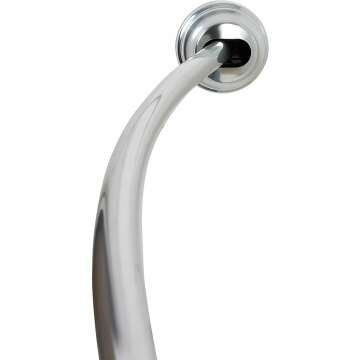Prelude to the Armed Resistance in Ulster
In early 20th century Ireland, tensions were brewing over the issue of Home Rule. The prospect of self-governance for Ireland met with fierce opposition, particularly in the northern province of Ulster, predominantly inhabited by a Protestant population who identified as British. This led to the formation of the Ulster Volunteer Force (UVF) in 1913, composed of loyalists determined to resist any legislative change that would grant autonomy to the Irish. By 1914, this resistance evolved into an organized military effort as discontent boiled over in a quest to retain British rule.
The Formation of the Ulster Volunteer Force
The UVF was established in response to the Ulster Covenant of 1912, which garnered over 400,000 signatures against Home Rule. This voluntary militia was entrenched in loyalty to the British crown, and through training and arming its members, it asserted that it would not succumb to laws imposed by a Dublin Parliament. The events that transpired set the stage for armed conflict and a division that would not only affect Ulster but also shape the future of Irish politics.
The Immediate Tensions Leading to Armed Resistance
As the national political landscape shifted, the conflict escalated dramatically in 1914. The British government, though initially hesitant, began to quell fears of Home Rule through political maneuvering. Yet, loyalists in Ulster, convinced that their way of life was under threat, began stockpiling weapons and organizing militias. Their preparation signaled the onset of civil war, with the UVF preparing to resist any form of Home Rule forcibly.
The Armed Resistance Begins
On April 28, 1914, an armed shipment of rifles known as the 'Currach' arrived at Larne, Northern Ireland, marking a pivotal moment for the UVF. This act of defiance was not just a show of strength but also a clear indication that loyalists were ready to take drastic measures to protect their identity.
The Importation of Arms and Its Significance
The successful importation of arms, despite British customs officials, symbolized a turning point. It galvanized the loyalist community in Ulster and illustrated their resolve. Notably, the UVF managed to secure around 25,000 rifles and significant quantities of ammunition, showcasing their determination to confront any attempts to implement Home Rule without their consent.
Reactions to the Armed Resistance
The response to the UVF's actions was mixed. Many in British society viewed them as justified, whereas others saw the UVF as a potential threat to peace in Ireland. The British government found itself in a precarious position, attempting to navigate the sensitive political climate while facing criticism from both nationalists and unions alike.
Fun Fact
The Ulster Covenant
The Ulster Covenant, a pledge to resist Home Rule, not only symbolized Unionist loyalty but also marked one of the largest political gatherings of the time, with many supporters signing in their own blood, representing the depth of their commitment.
Additional Resources
Recommended Reading on the Ulster Volunteer Force
For those interested in delving deeper into this significant event, consider exploring The History of the Ulster Volunteer Force and Irish History: A Modern Perspective, both of which offer comprehensive insights into the complexities of Irish and Ulster history.



















 Continue with Google
Continue with Google